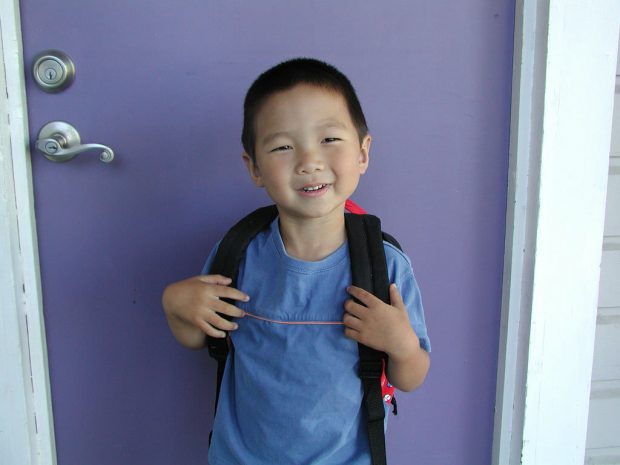Pre-school education in Singapore
Singapore ranks among the best in global rankings for primary, secondary and tertiary education but lacks behind in early childhood education. In 2012, a study on pre-school education placed Singapore in the 29th spot out of 45 countries, and way behind South Korea (10th) and Hong Kong (19th). Finland, Sweden, and Norway topped the list in the Starting Well Index for the quality of teaching, curriculum and parental involvement. The government has been doing great in improving the standard and scope of pre-school education. While primary schooling is mandatory for children aged 6 and 7, pre-schooling for those aged 3 and 4 is left much in the hands of parents who want to give their wards an early start.
In Singapore, children learn about languages (both English and mother tongue), numbers, ethnic customs and traditions. Moreover, through play and songs, they learn about expressions and manners.
In the country, there are more than 30 kindergartens. The Ministry of Education (Moe) runs 18 of them offering half-day and full-day programmes, while other 15 kindergartens provide child-care services for working parents. In addition, there are popular child-care and kindergarten facilities managed by the People’s Action Party (PAP), the Community Foundation (PCF), and the National Trades Union Congress (NTUC). These structures are used mostly low- and middle-income families. Recently, more up-market pre-schools have sprung up offering specialized programmes at fees of $1000 to $1,900 a month. They include international brand names like Montessori, Eton House, and Odyssey.
Home-grown child-care facilities, which provide conventional programmes at lower fees, have upgraded their services to keep up with the newcomers. The PCF has launched 363 Sparkletots brand centers providing dual kindergarten and child-care services. The NTUC has come out with its new “My First Skool”. Moreover, it arranged the first NTUC Campus which runs 150 pre-schools offer high-quality lessons and focus on mother tongue, among other services.
Over the years, the government has taken incremental steps to raise the number and standard of pre-school services at affordable costs. In 2009, it started the Anchor Operator scheme which gives out funds and priority of sites in public housing estates in return of service for capping of fees. In 2014, three more anchor operators were picked for managing pre-schools. A year later, a Partner Operator scheme paved the way for higher standards via the Singapore Pre-School Accreditation Framework. This situation opened the door to international pre-schools to set up in the city-state. A more ambitious effort came in 2018 when an Early Childhood Manpower Plan was unveiled.
A centralised training institute will be set up to produced professional pre-school teachers—. to boost the pool of 16,000 by 2020. The pre-school budget will be doubled from 2022 to produce thousands more places for children age 1 to 4. Policy-wise, the expansion of state-subsidised child-care facilities would help level the playing for Singaporeans, giving every child a chance to make a good start in their education. In particular, children will get more involved with art and music thanks to professional teachers who will stimulate their creativity.
In fact, the national education goal is to raise more creative and critical Singaporeans who can stand their ground against competitors in the globalised economy.




















































